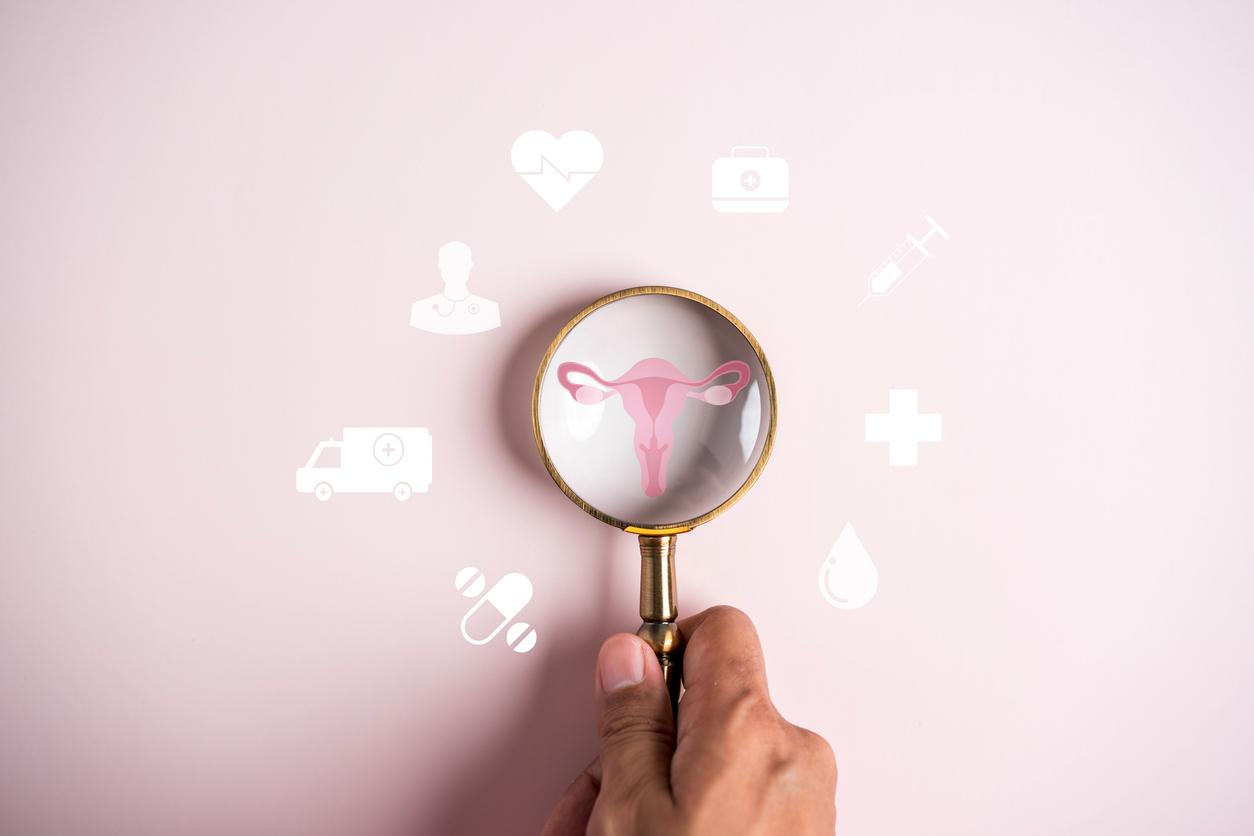In December 2019, three models of intrauterine devices (IUDs) were withdrawn from the market due to a risk of expulsion: Novaplus, Ancora and the Sethygyn sets containing these same IUDs with an insertion kit. The Medicines Agency (ANSM) then asked health professionals to no longer ask women. A decision which then followed “an increase in the number of rupture incidents during withdrawal by professionals” as well as “declarations of spontaneous expulsions of some or all of these IUDs”.
According to an estimate from the ANSM, these defective IUDs represented before this recall approximately 5% of total sales of IUDs in France and were fitted to approximately 20,000 women each year.
But since that recall, “reports of spontaneous expulsions, whether or not leading to pregnancy, persist in women with these IUDs“, informs this August 20 the Medicines Agency (ANSM). The Agency therefore maintains its monitoring and reiterates its recommendations to women as to what to do to prevent and react in the event of expulsion of their IUD. The problem is that not all of them were necessarily informed enough about the withdrawal of these lots. Some women may have forgotten or ignored which model they are wearing and the date of installation.
How do you know if you need to have your IUD removed?
According to the analysis of the incidents declared, the ANSM argues that “the risk of expulsion of these IUDs appears to be greater after 3 years of installation”. Also, it encourages women carriers for more than 3 years with a Novaplus or Ancora IUD to approach their doctor to discuss whether or not to maintain it, and in which case, to consider another contraception adapted to their situation. To summarize :
- If you have had a Novaplus or Ancora IUD for less than 3 years, including if it comes from a Sethygyn kit, it is not recommended to have it removed as a preventive measure, recommends the ANSM.
- If you have had a Novaplus or Ancora IUD for more than 3 years, including if it comes from a Sethygyn kit, your consultation with the professional who usually provides your gynecological follow-up will be an opportunity to discuss the best contraception in the future. your situation.
You should know that the date of IUD insertion should be indicated on the card which was given to you during installation. Do not hesitate to talk to your doctor about it during your next consultation if you do not have this card.
The ANSM also advises to remain attentive signs that may suggest an eviction since this incident may affect the effectiveness of your contraception and put you at risk of an unwanted pregnancy.
Loss of IUD: what signs should alert?
The Medicines Agency recalls that several signs may suggest the spontaneous expulsion of the IUD, even if, she emphasizes, some expulsions are asymptomatic.
- IUD traction wire missing or longer than expected
- abdominal pain
- bleeding between periods or after sex
- pain during intercourse
If you suspect a spontaneous expulsion, with or without suggestive signs, the ANSM advises to consult “as soon as possible the professional who usually takes care of your gynecological follow-up” and to use another method of contraception until the consultation. If you have had sex in the last 5 days, you should consider emergency contraception.
How to check that your IUD is in place?
At the end of each period, check if the threads of your IUD are in place by gently inserting a finger into the vagina near the cervix. If this is not the case or you are in doubt, consult as soon as possible and use another method of contraception while waiting.
Read also
Lutéran, Lutényl and risk of meningioma: “women should not panic”
Painful periods, yeast infections, irregular cycles … emotional gynecology to the rescue

















